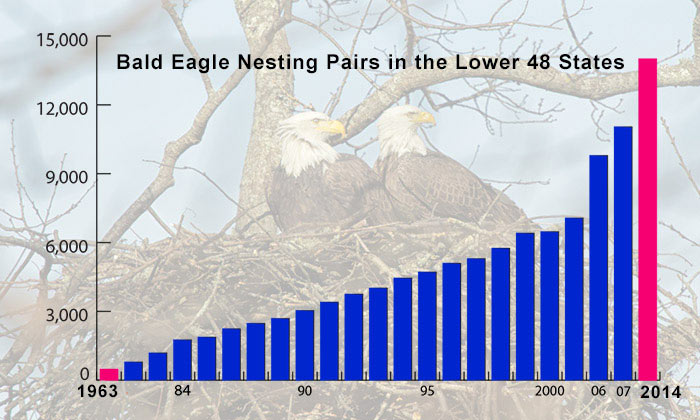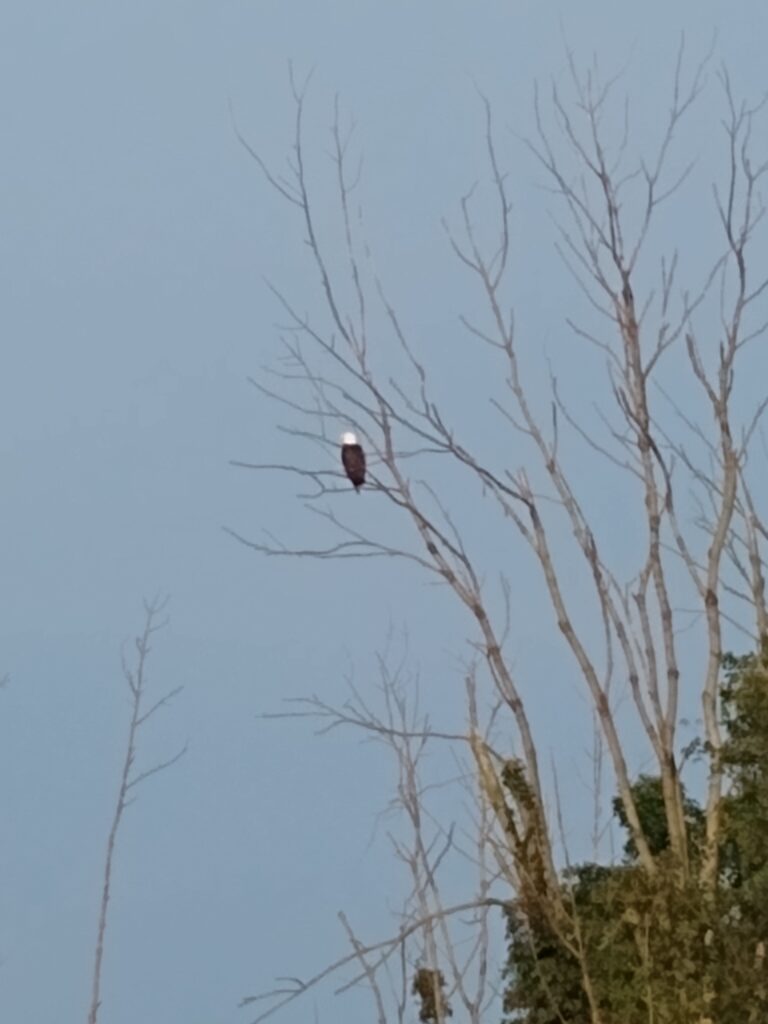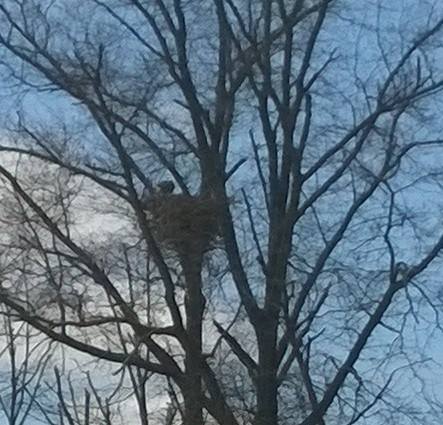Wildlife abounds along the Swatara Creek and throughout the watershed. Many animals are abundant in the watershed, while others had all but disappeared and are now making a comeback as a result of conservation efforts.
Two such species that are becoming more prevalent are American Eels and Bald Eagles.
American Eels
American Eels are a big part of the history of the Swatara Creek. “Swatara” is said to derive from a Susquehannock word, Swahadowry or Schaha-dawa, which means “where we feed on eels”. Dozens of eel weirs constructed by ancient Native Americans, V shaped rock structures designed to funnel eels for easier capture, have been found on the Susquehanna and its tributaries.
During the colonial era, American Eels were a staple for pioneers of the Swatara Valley. You could find huts built across small creeks. Fishermen stood inside watching for Eels swimming past, and would spear and flip them into the hut. The Eels were smoked for meat all year round.
As fingerlings, American Eels once traveled up the Swatara Creek to live out their lives, then return to the Sargaso Sea to spawn. Dams interrupted the migration, causing population loss and resulting in eels disappearing from the creek. More recently dams with no purpose were removed and remaining dams for water supply added fish ladders. As a result, eels are making a comeback in the Swatara.
Bald Eagles
Bald Eagles had all but disappeared from the lower 48 states as of the 1960’s. Although protected by the Bald Eagle Protection Act passed in the 1940’s, Bald Eagles were unable to recover and continued to decline due to the indiscriminate use of pesticides, including DDT. DDT caused the eggs of eagles, and other birds, to be too thin and break easily. The banning of DDT made it possible for reintroductions programs to be successful.

Eagle nest can now be seen along the Swatara Creek. It is very common to see eagles while paddling on the creek, especially in the northern sections of the creek from Swatara State Park to the Lebanon/Dauphin County Line.


